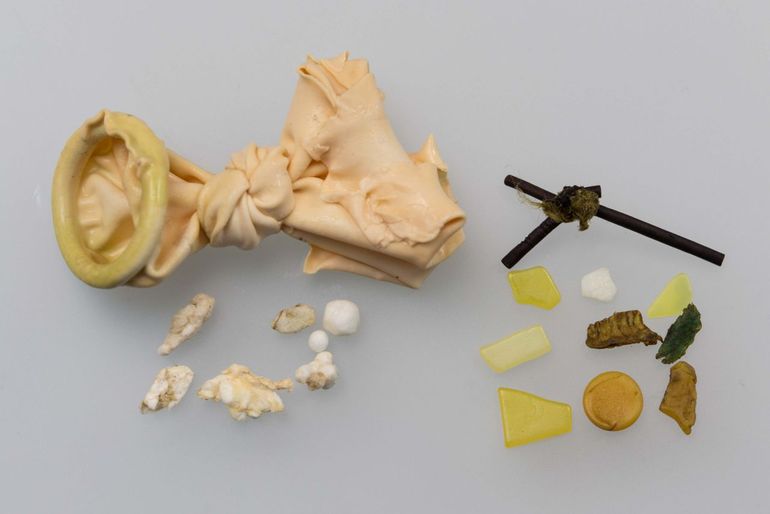
Less plastics in stomachs of fulmars
Wageningen Marine ResearchAwareness seems to take effect
It is not possibly to pinpoint a single clear cause. But the public attention for the plastic soup and the garbage patches in the oceanic gyres seem to gradually take effect. Awareness has grown among all sectors, policy and general public. This is a small improvement in the quality of the North Sea environment, but we are not yet there!
93% of Northern fulmars has plastic in the stomach
Currently, still 93% of beached fulmars has plastic in the stomach, on average 23 particles with a mass of 0.29 gram of plastic per bird. About 53% of the birds had more than 0.1 gram of plastic in the stomach, whereas North Sea countries have agreed to a policy target in which no more than 10% of the fulmars may exceed that threshold. So, there is still a major job ahead, but we appear to be on the right track.

Text: Wageningen Marine Research
Photos: Rob Felix, Saxifraga (leadfoto: Northern Fulmars); Jan Andries van Franeker
